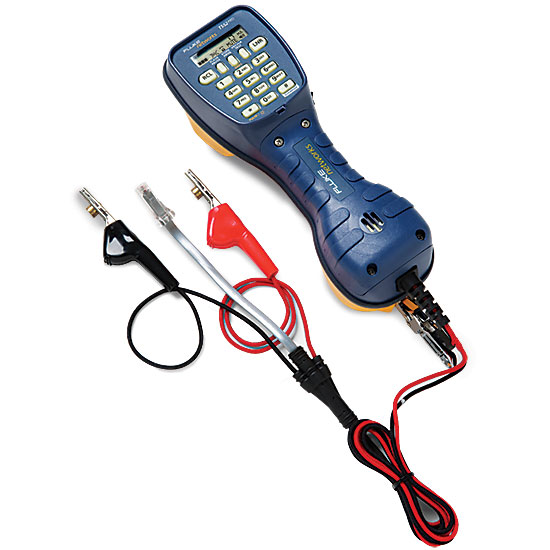Tec-Alert Newsletter
Intro to DSL Technology
 In today’s advanced society, communication is key to most successful businesses and lifestyles. Three generations of people are relying on the Internet and networks each day to communicate more clearly, educate more fully, and stay in touch with the world around us.
In today’s advanced society, communication is key to most successful businesses and lifestyles. Three generations of people are relying on the Internet and networks each day to communicate more clearly, educate more fully, and stay in touch with the world around us.
The possibilities are endless, thus more and more people are looking for ways to connect faster, more efficiently and more cost effectively. DSL (Digital Subscriber Line) has become their answer.
With access to DSL, there are no more dial ups, no more busy signals, no more tied-up phone lines, and no more lost connections right in the middle of important downloads. We have advanced to a new technology, something that has been right in our sites for decades, copper telephone lines. Testing and maintaining this type of dual service DSL and POTS line has been a major issue for telecom companies and contractors alike.
How does DSL work?
DSL lines transmit digitized packets of information over the high-frequency portion of ordinary copper telephone loops. At the same time data is being transferred on the high end, the plain old telephone service (POTS) can be transmitted over the low frequency portion using a Digital Subscriber Line Access Multiplexer (DSLAM) and a splitter located at the central office (CO). The location of the splitter is critical for the line sharing process. Since it’s main function is to block voice signals in one direction and data signals in another, the location is extremely important. In order for the ILECs and the CLECs to perform tests the splitter must be removed. This is an area that needs to be improved on so that each company can run tests without disturbing the other company’s loop.
The speed of DSL far exceeds that of standard modems (up to 25x times faster) making it attractive to Internet and network users especially in homes and small to medium businesses. In addition, DSL is a constant connection with the ability to hold multiple users on a single DSL line. DSL carriers provide a more customized service to meet each individual subscriber’s needs, offering a range in high-speed Internet and Intranet access, voice, virtual private networks (VPN), videoconferencing, video on demand and much more.
There are several variations (HDSL, SDSL, ADSL, R-ADSL, VDSL, IDSL, and M-SDSL) service providers offer that differ in key areas of the technologies being used. However, they all are the same in the fact that they operate on existing copper phone lines. It is important to note the key differences between each one. See our DSL Glossary for descriptions of each.
Asymmetric and Symmetric
Although there are seven variations of DSL, it can be separated into to two main categories: Asymmetric and Symmetric
Asymmetric DSL (ADSL) moves data faster in one direction than the other. For example, data moving from the Internet to your computer could be moving at 1.5 Mbps (downstream), while data traveling from your computer to the Internet could be only 384 Kbps (upstream). This is the most popular form of DSL for smaller businesses and home use.
Symmetric DSL (SDSL) moves data in both directions at the same speeds up to 1.54 Mbps. This is a valuable business solution for running applications such as web and email servers but inhibits the use of voice and data on the existing copper infrastructure. You would have to pull new lines to offer these services.
DSL has come a long way and will continue to become a popular choice in Internet and network connections. Manufacturers of telecom testing equipment are becoming more aware of this new technology. Since the FCC has mandated “line sharing,” the main focus has been on the testing and measuring issues that are now being addressed and solutions being given. Who has the responsibility to maintain the lines? The CLECs or the ILECs? The results differ from company to company as to who is responsible for testing. Most companies have the ILECs check the line with continuity tests first to make sure the wire is entact. This may be followed by voice frequency test to ensure phone service can be provided.
The bottom line is that ILECs must have access at all times to the line to make sure proper phone service is being provided since it is top priority. Technicians in the field will now have to be familiar with testing voice and data lines in commercial and residential addresses. With more advanced equipment such as the ADSL Test Set specifically designed for testing both frequencies, this job becomes more simple than it once was thought. Check out our supply of test sets as well as our featured item, the ADSL/POTS Test Set. Time will continue to improve DSL and the way we are connected to the world.
Return to Top of Page
BUILD YOUR OWN TOOL KIT
Subscribe to our Tec-Alert Email Newsletter
Get tips & information for field service and MRO professionals.
